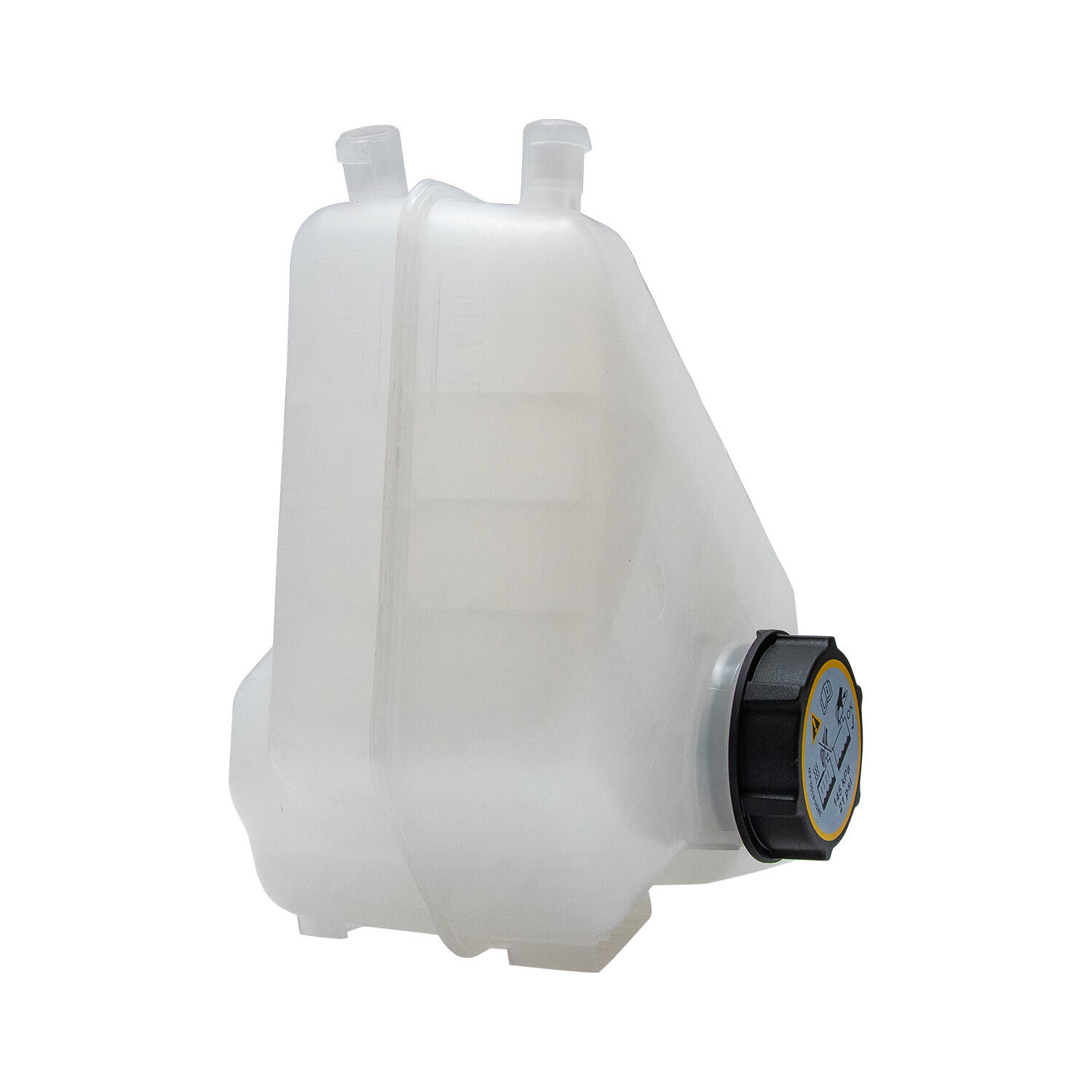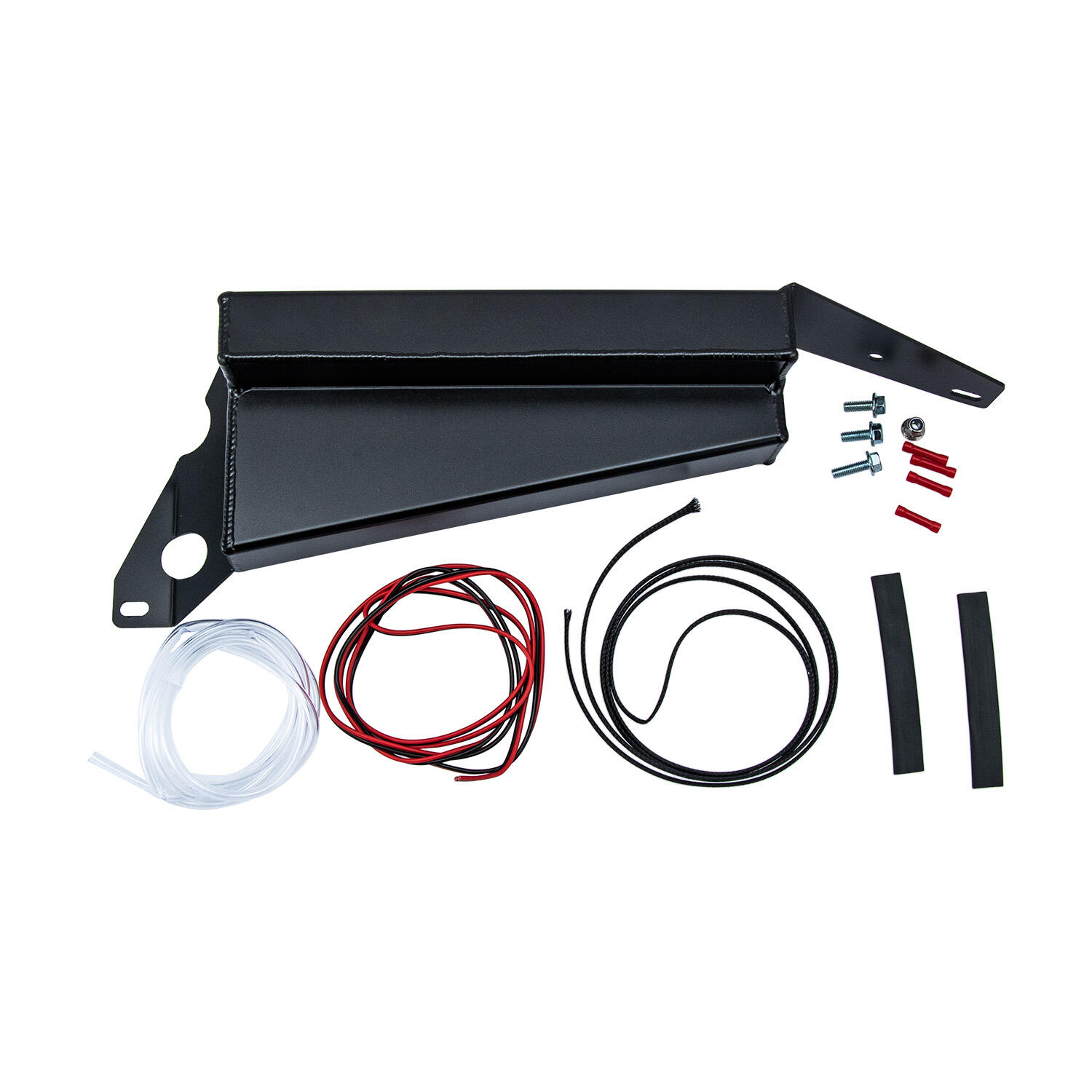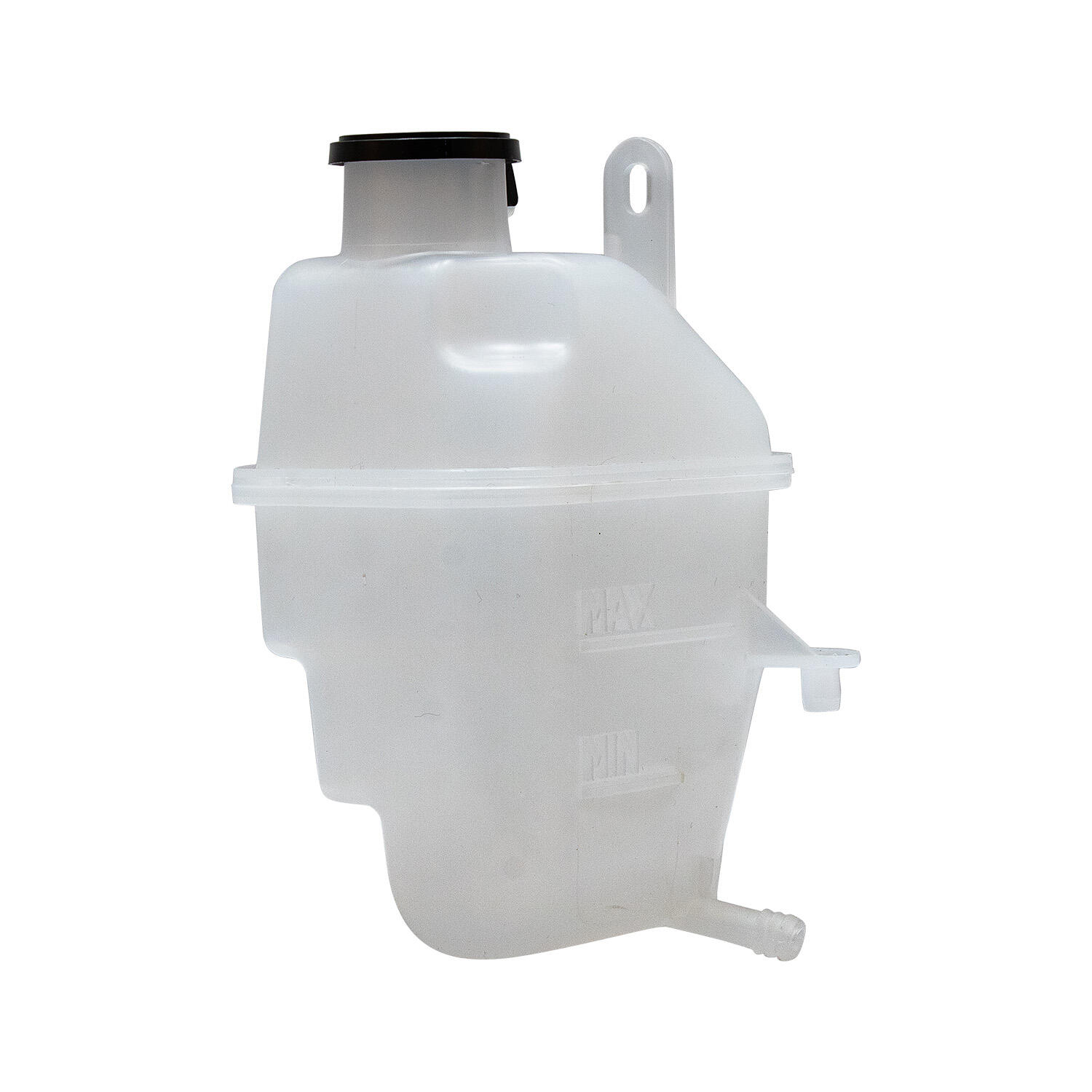резервоар за преливање
Rezervoar za prekomjer je ključan komponent u sistemima upravljanja fluidom, dizajniran da rukovaže sa prekomjernim obujmom tekućine i održava optimalni tlak sistema. Ovaj specijalizovani posoder štiti prostor koji smješta ekspanziju i kontrakciju tekućine tijekom promjena temperature, sprečavajući štetu sistemu i osiguravajući konstantnu radnju. Rezervoar ima sofisticirane sustave nadzora razina, mehanizme otpuštanja tlaka i automatske sučelja za kontrolu koja zajedno efikasno upravljaju dinamikom fluida. Savremeni rezervoari za prekomjer koriste napredne materijale otporne na koroziju i iznosenje, što im omogućuje da rukovode različitim tekućinama od vode do specijalizovanih hladića. Ovi rezervoari opremljeni su preciznim indikatorima razina, hitnim ventilima za isključivanje i sustavima sprečavanja prekomjera koji pružaju mogućnosti stvarnog vremena za nadzor i reagovanje. U industrijskim primjenama, rezervoari za prekomjer igraju ključnu ulogu u sistemima hlađenja, hidrauličkim krugovima i procesnom proizvodnji, gdje je održavanje stabilnih razina fluida ključno za operativnu učinkovitost. Dizajn obično uključuje strateški raspoređene ulazne i izlazne otvore, pregrade za kontrolu toka i ventilske sustave za održavanje odgovarajućih nivoa tlaka, čime postaju neophodan komponent savremenog infrastrukturnog upravljanja fluidom.


